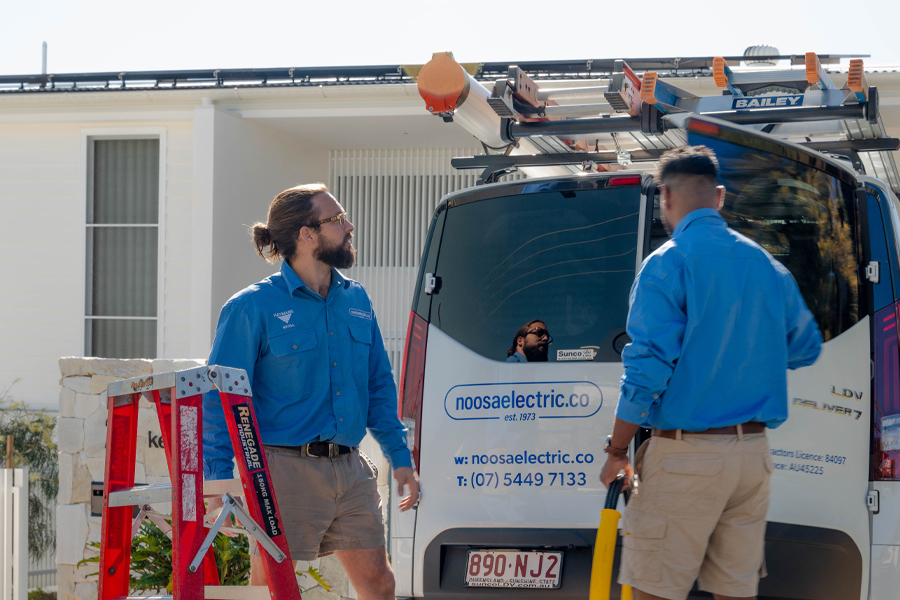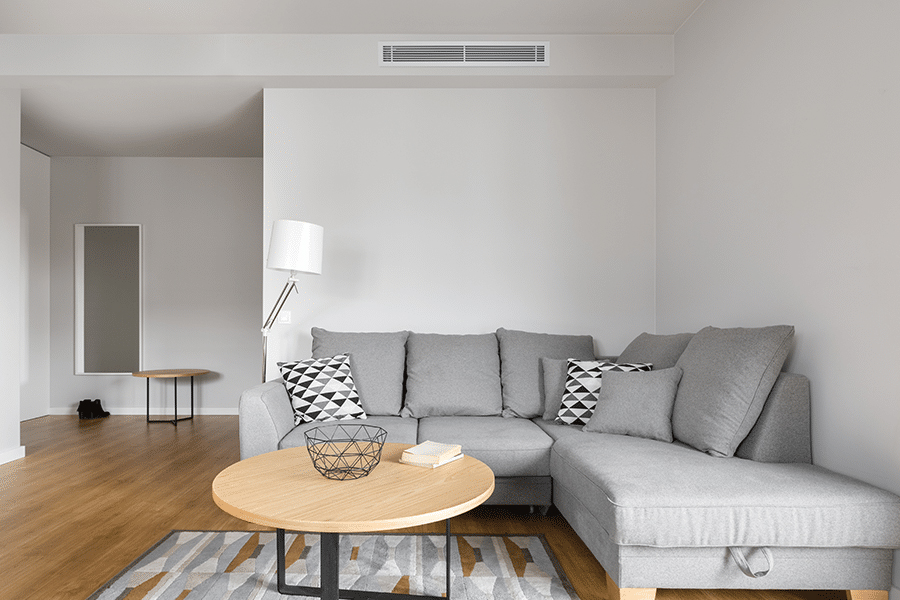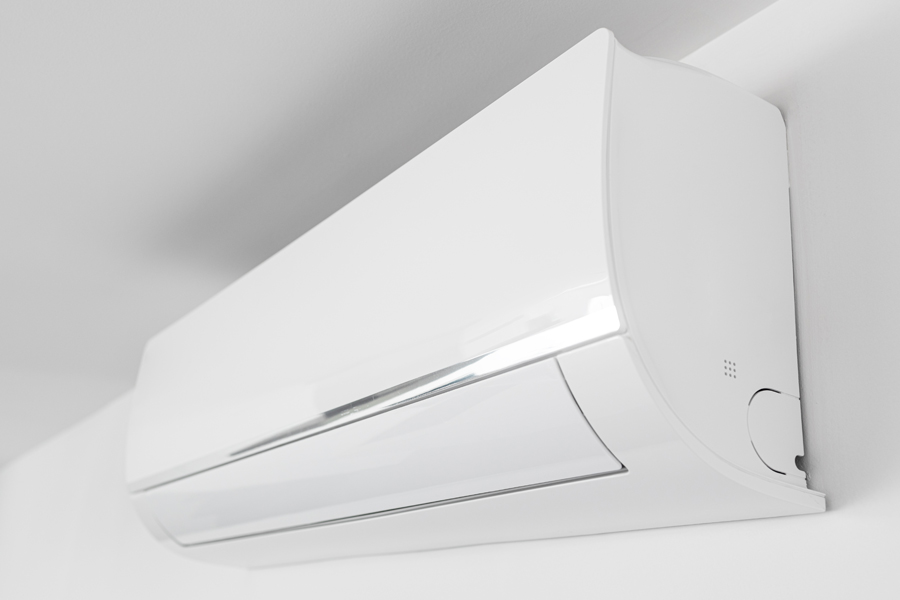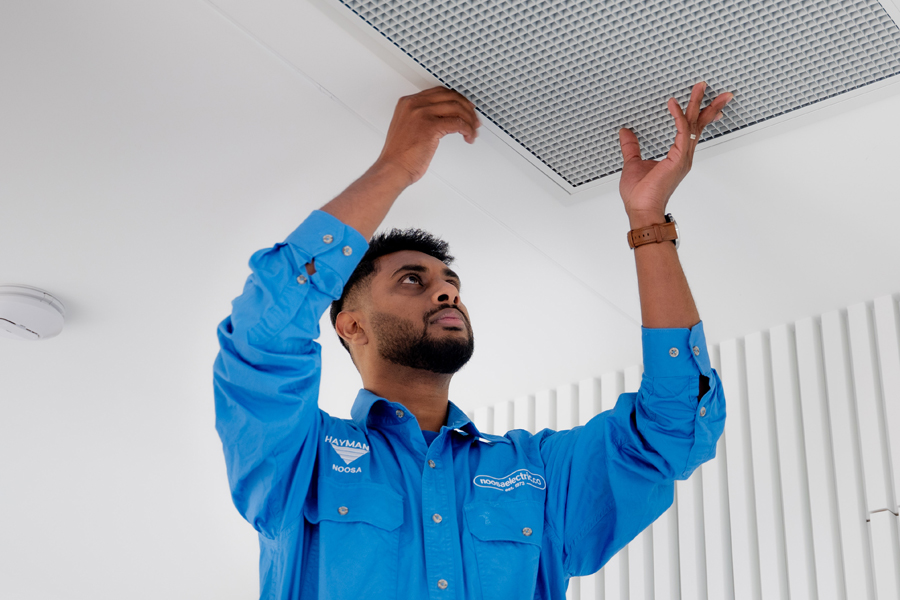
When it comes to air-conditioner services on the Sunshine Coast, homeowners and business owners often find themselves comparing bulkhead systems and split system air-conditioners. Both options can deliver efficient cooling, but they’re designed for different spaces and needs.
At Noosa Electric Co, we provide expert air-conditioning services across the Sunshine Coast and Noosa, including sales, installation, maintenance, and repairs. If you’re unsure which air-conditioning solution best suits your home or business, our qualified technicians can assess your space and recommend the most efficient, cost-effective option.

The Main Distinction:
Understanding the difference between a bulkhead and a split system air-conditioner can be confusing, especially since manufacturers often use similar terminology. The key difference lies in the installation and design of the indoor unit.
A bulkhead air-conditioner is built into a wall or ceiling cavity, usually within a drop ceiling or false wall. This creates a streamlined, discreet appearance, perfect for modern or minimalist interiors.
A split system air-conditioner, on the other hand, has an indoor unit mounted visibly on the wall. It’s the more common system used in homes across the Sunshine Coast due to its flexibility and affordability.


Implications of an Integrated Solution
Because bulkhead air-conditioners are built into the structure, they deliver a clean and unobtrusive finish. However, they require integration during a new build or major renovation—making them ideal for property owners designing a space from scratch.
In contrast, split system air-conditioners can be retrofitted into nearly any existing home or commercial building. This makes them a versatile and cost-effective choice for anyone wanting to add efficient cooling without major construction.
If you’re considering upgrading your air-conditioning in Noosa or the wider Sunshine Coast, our experienced electrical and installation team can help you compare your options. Learn more about AC options in this article.

3 Similarities Between Bulkhead and Split System Air-Conditioners
- Cooling Capacity
Both bulkhead and split system ACs efficiently cool indoor spaces by using refrigerant cycles to absorb heat indoors and release it outdoors. - Energy Efficiency
Modern air-conditioners—whether bulkhead or split—are designed with energy-saving technologies such as inverter compressors and programmable thermostats. This helps reduce electricity costs while keeping your space comfortable all year round. - Customisation
Both systems come in various capacities, styles, and configurations, allowing you to tailor your air-conditioning to the specific size and layout of your room or premises.
3 Differences Between Bulkhead and Split System Air-Conditioners
- Flexibility
Bulkhead systems require more planning and are best suited for fixed installations during construction. Split systems offer greater flexibility, as they can be installed in nearly any room with minimal structural changes. - Cost
Bulkhead installations are typically more expensive due to the extra work involved in concealing the unit. Split systems are usually more budget-friendly, offering excellent performance without structural modification. - Maintenance
Accessing bulkhead units for repairs or servicing can be more complex, whereas split systems are easier to maintainthanks to their exposed indoor unit and separate outdoor compressor. Regular servicing ensures both systems perform efficiently and extend their lifespan.
Air-Conditioning Services on the Sunshine Coast & Noosa
Whether you need a new air-conditioner installed, a system serviced, or repairs on your existing unit, our licensed technicians are here to help. We service all major brands and models and offer prompt, reliable support across the Sunshine Coast, including Noosa, Maroochydore, Coolum, and Caloundra.
Our team prides itself on great communication, transparent pricing, and top-quality workmanship — ensuring your cooling system performs efficiently through the Sunshine Coast’s warm and humid months.

What’s the Right Solution for Your Home?
Choosing the perfect air-conditioning system depends on your property layout, budget, and comfort goals. Whether you prefer the seamless look of a bulkhead system or the flexibility of a split system, we’ll guide you through the process from start to finish — including design, supply, installation, and ongoing maintenance.
Contact our team today to discuss your air-conditioner services in Noosa and the Sunshine Coast. Let’s help you stay cool, comfortable, and energy-efficient all year round.
